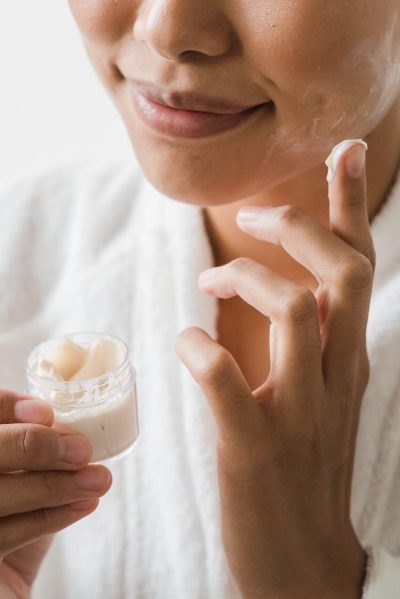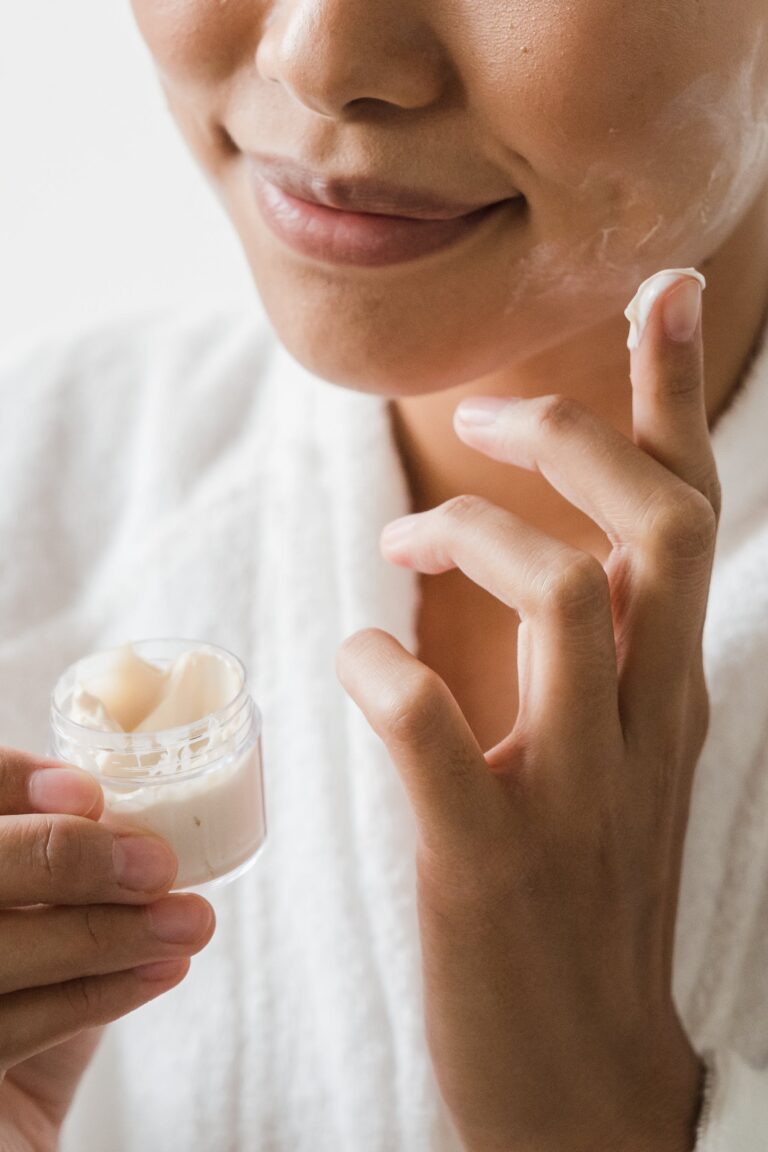FREE SHIPPING TO EU COUNTRIES
Decoding Cosmetic Preservatives: A Comprehensive Guide
Table of Contents
Cosmetic preservatives: a contentious topic causing ripples in the beauty sphere. Why the fuss? Amid claims of ‘preservative-free’ wonders, a deeper understanding is vital. Let’s unravel the purpose, delve into contamination cases, explore preservative types, and dissect the legality behind these assertions. If you’re skeptical about preservatives, let’s navigate this terrain with an open mind.
Unraveling the Role of Preservatives in Cosmetics
Preservatives serve a crucial role in maintaining product safety. Despite sterile manufacturing and careful handling, once water infiltrates a formulation, microbial growth becomes inevitable. Picture your products in the steamy haven of your bathroom; each use introduces them to new microbial life. Without preservatives, any encounter could transform your cream from a luxurious potion to a microbial breeding ground.
Microbes lurking in cosmetic products range from Pseudomonas sp. to Staphylococcus aureus, causing infections and posing serious health risks. Natural products, though adored by the skin, are more susceptible to microbial growth. ‘Preservative-free’ claims, especially prevalent in the natural sector, raise concerns. For consumers transitioning to all-natural post health scares, a weakened immune system compounds the risk. Whether synthetic or natural, effective preservation is paramount.
The Perils of Ignoring Preservation: Contamination Cases
Recent cosmetic contamination cases underscore the significance of preservation. In Barcelona 2006, moisturizing lotion triggered critical infections in a hospital. Burkholderia cepacia, originating from soil and water, contaminated the lotion during production, highlighting the consequences of inadequate preservation. Similar instances, like babies infected from contaminated baby shampoo, emphasize the real dangers. Google ‘cosmetic product recalls from contamination’ to witness the present-day recurrence of this issue.
While these examples may seem fear-inducing, they highlight the importance of preservation amidst the rise of ‘preservative-free’ trends. Formulators and consumers must grasp this reality to avoid potential health hazards and business setbacks.
Preserving the Right Products: Understanding the Need
Not all cosmetic products require preservatives. Formulas with water, except for specific cases, necessitate preservation—lotions, creams, shampoos, and makeup fall into this category. Even water-free products or those with extreme pH levels may require preservatives based on the risk of contamination. Proper packaging, like aerosols, can reduce preservative needs, showcasing the nuanced approach required in formulation.
Natural formulators face challenges in creating effective preservation systems. Consumers should be cautious; water in a formulation without preservatives is a red flag. Companies may disguise preserving agents in fragrance ingredients, essential oils, or non-classically defined preservative elements. The claim of ‘preservative-free’ raises ethical concerns and, should be better regulated due to the confusion it spreads.

Preservatives in Cosmetic Products: Navigating Controversies
Common Conventional Preservatives
Synthetic preservatives offer broad-spectrum effectiveness at minimal concentrations. Contrary to popular belief, they are often less allergenic than their natural counterparts. However, controversies surround their use, prompting scrutiny. Parabens, despite their efficacy and low allergenicity, face vilification. Concerns about their estrogenic properties and potential endocrine disruption persist, though conclusive evidence is lacking.
Formaldehyde donors, once prevalent but now largely replaced due to toxicity concerns, pose their own challenges. Phenol derivatives like phenoxyethanol, a common paraben substitute, gain popularity but face scrutiny for potential allergenicity. The balance between effective preservation and potential risks is a delicate one.
More Natural Preservatives
Natural preservatives, though appealing, present challenges. They are less effective than synthetics, requiring higher concentrations and skilled formulation for broad-spectrum protection. Additionally, their allergenic potential and higher cost contribute to the complexity of natural preservation. Despite these drawbacks, the industry sees a growing shift towards these alternatives, demanding innovation and careful formulation.
Not All That Glitters: Antioxidants as Non-Preservatives
Antioxidants, while valuable for extending the shelf life of oils, lack antimicrobial qualities. Commonly misconstrued as preservatives, they find their way into natural water-based formulas, leading to concerns. Recognizing their role in preventing rancidity is crucial, but they should not be mistaken for preservatives.
Preservative-Free Claims: Navigating the Deceptive Trend
The claim of ‘preservative-free’ emerges as a significant concern. A truly preservative-free product poses health risks. Manufacturers making such claims either lack understanding or intentionally mislead consumers. Regulatory bodies in Europe consider banning deceptive ‘free-from’ marketing, emphasizing the importance of accurate claims.
As per the EU Cosmetics Regulation, a claim is acceptable if the product contains no ingredient with antimicrobial properties outside the official list of preservatives. This move aims to curb misinformation and protect consumer interests.
In conclusion, the world of cosmetic preservatives is intricate, demanding informed decisions from both formulators and consumers. Balancing efficacy, safety, and consumer expectations is a delicate dance. Understanding the nuances of preservation ensures that cosmetic products not only enhance beauty but also prioritize health and well-being.
- Mariam
- January 30, 2024
- Keine Kommentare


